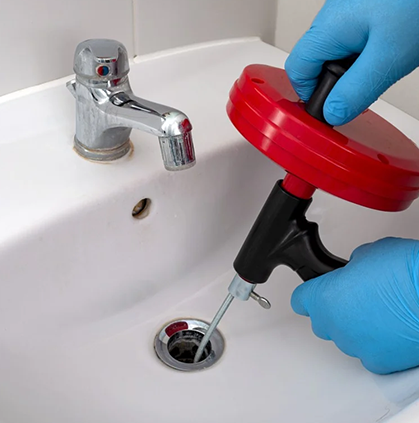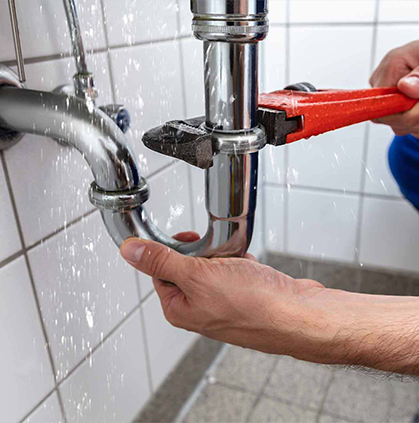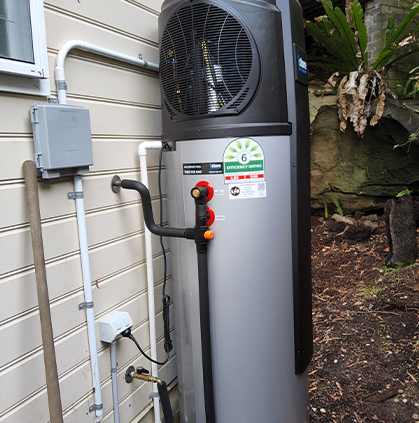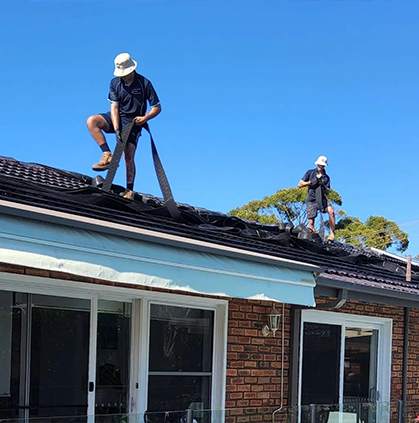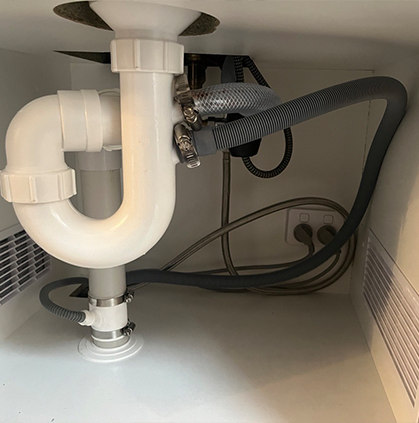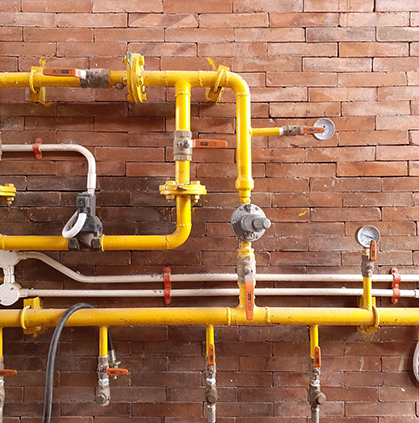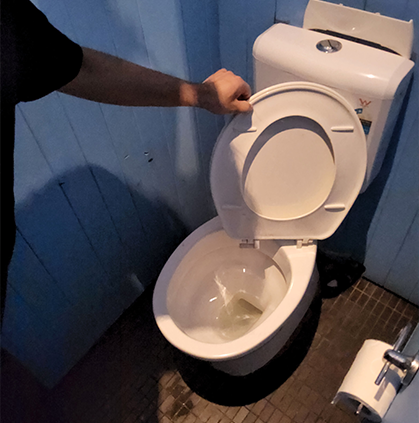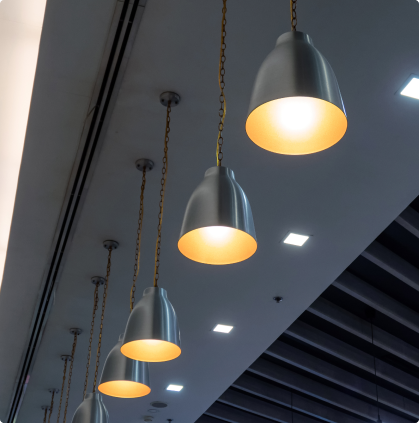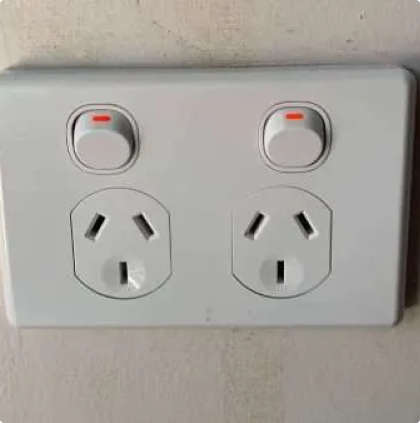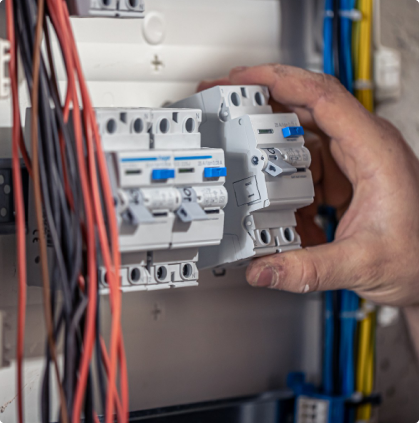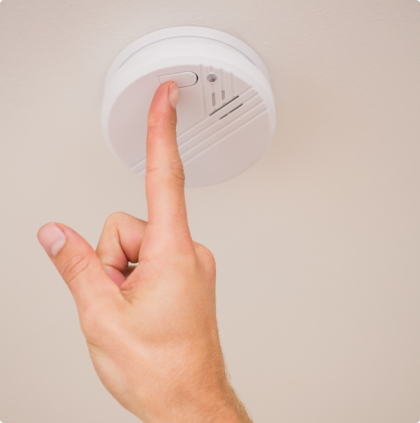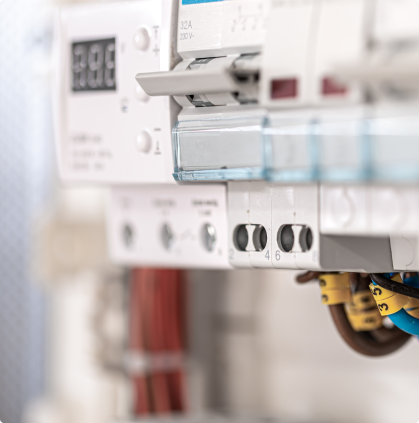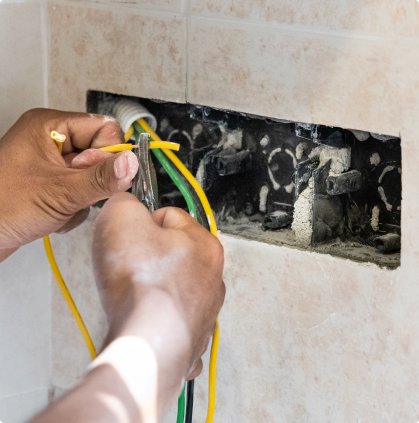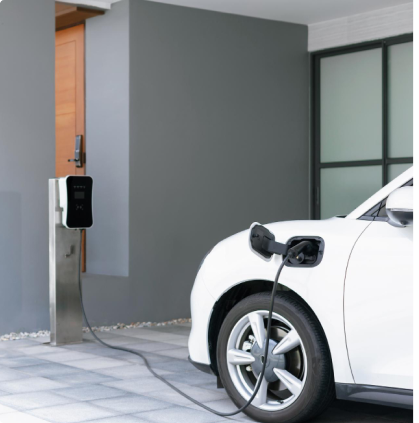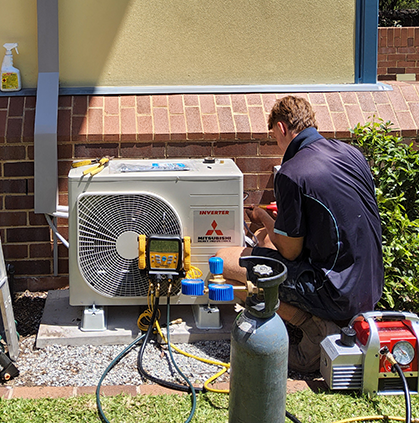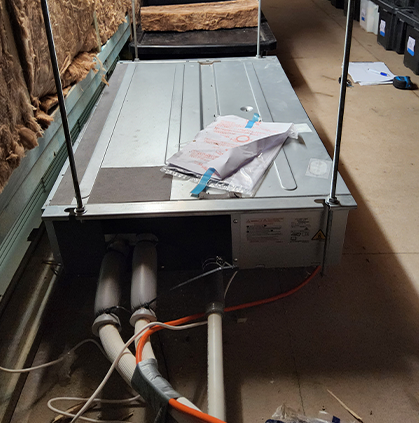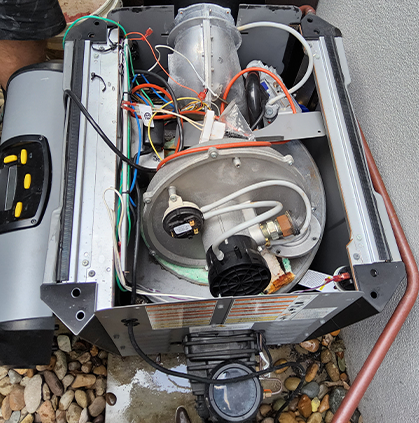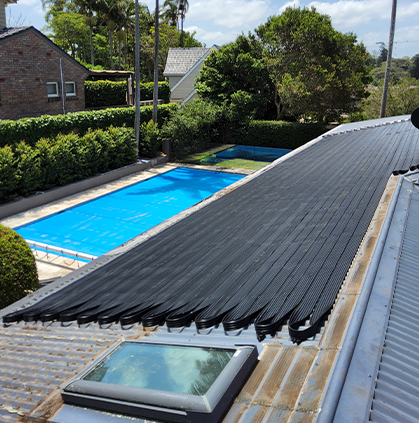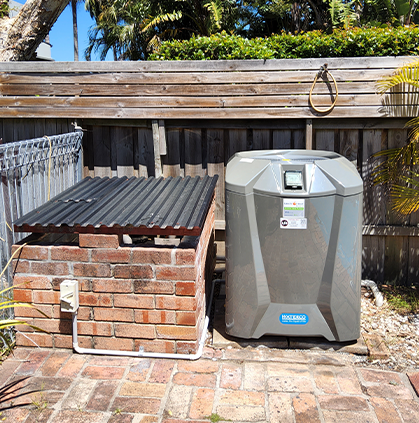There’s nothing better than jumping into a perfectly heated pool, especially when the weather starts to cool down.
But here’s the catch: getting your pool temperature just right depends heavily on choosing the correct heat pump size. Pick one that’s too small, and you’ll be waiting forever for the water to warm up. Go too big, and you’ll end up wasting energy and money.
In this guide, we’ll break down why sizing matters, what factors you need to consider, and how to work out the right heat pump for your pool.
Why Should You Calculate Your Pool Heat Pump Size Correctly?
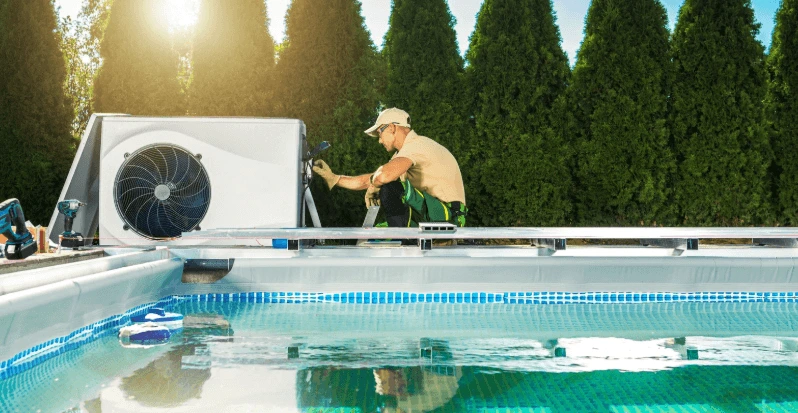
Think of your pool heat pump like an engine. If the engine is too weak, it struggles to perform. If it’s unnecessarily large, it guzzles more energy than you need. The same principle applies here.
Here’s why getting the sizing right is so important:
- Energy efficiency: A properly sized pump warms your pool at the right pace without drawing excessive power.
- Cost savings: Avoid oversized units that run up your electricity bill unnecessarily.
- Consistent comfort: The right size ensures your pool stays at a comfortable temperature, no matter the season.
- System longevity: An overworked or mismatched heat pump can wear out faster. Choosing correctly protects your investment.
- Faster heating: With the right size, you won’t be stuck waiting days for your pool to feel swimmable.
In short, calculating your heat pump size correctly means you’ll enjoy a warm pool with fewer headaches and better long-term savings.
Factors that Can Affect Heat Pump Sizing
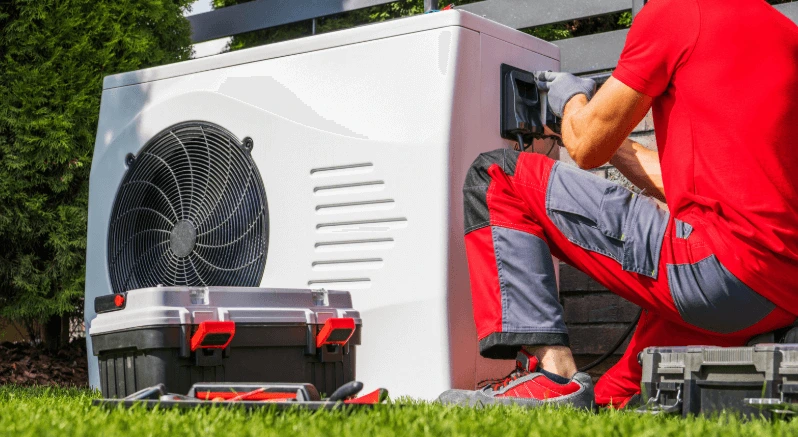
While pool size is the obvious starting point, it’s not the only thing that determines the right heat pump size.
Several other factors come into play, and overlooking them could mean ending up with a system that doesn’t perform as expected.
Here are the key things to consider:
- Pool volume: The total litres of water in your pool directly impacts how much heating power is required. Larger pools need stronger heat pumps.
- Climate and location: A pool in Brisbane has very different heating needs compared to a pool in Melbourne. Warmer climates require less heating power, while cooler or windy areas need more.
- Desired water temperature: Some people are happy with a mild 26°C, while others prefer a toasty 30°C or more. The higher your target temperature, the bigger the pump you’ll need.
- Pool usage: How often and when you use your pool matters. If you want year-round swimming, you’ll need a more powerful system compared to someone who only heats the pool for a few weeks in spring.
- Wind exposure and shading: Pools that are exposed to wind or don’t get much sunlight lose heat faster. That means the pump has to work harder to maintain warmth.
- Pool cover: A good-quality cover can drastically reduce heat loss overnight and on cooler days. With a pool cover, you can often go for a smaller heat pump than you’d need without one.
- Other heating sources: If you’re combining your heat pump with solar pool heating, you might not need as large a pump, since solar helps take on part of the job.
Taking these factors into account will ensure your heat pump isn’t working overtime or underperforming.
It also helps you balance efficiency and cost so you get the most out of your investment.
Also Read: Gas vs Electric Pool Heater: Which One Should You Choose?
How to Calculate Your Pool Heat Pump Size?
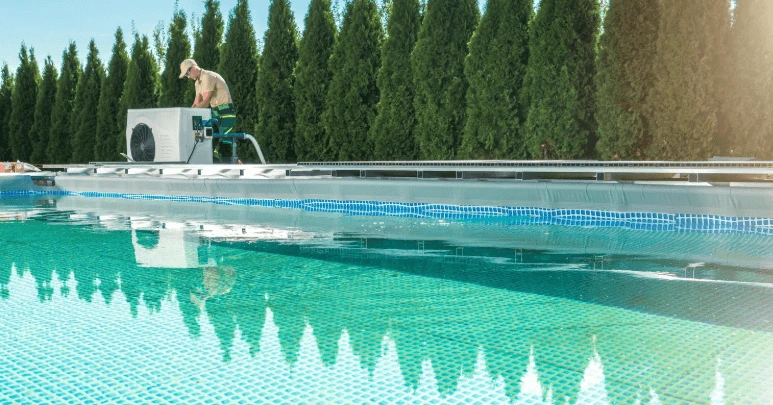
Now that you know what factors influence heat pump sizing, let’s look at how to actually calculate the right size for your pool.
Don’t worry, you don’t need to be a maths whiz. With a few simple steps, you can get a good idea of what size heat pump you’ll need.
Step 1: Work Out Your Pool’s Volume
The first thing you need to know is how much water your pool holds. For rectangular pools, it’s pretty straightforward:
Length × Width × Average Depth = Pool Volume (in cubic meters)
Multiply by 1,000 to convert cubic meters into litres.
For irregular-shaped pools, most pool builders will give you an estimated volume.
Step 2: Consider Temperature Rise
Think about how warm you want your pool to be compared to the average air temperature. For example, if your pool sits at 20°C naturally and you want it at 28°C, that’s an 8°C temperature rise your heat pump needs to handle.
Step 3: Factor in Heat Loss
If your pool is exposed to wind or doesn’t have a cover, you’ll need a larger heat pump to keep up. On the flip side, if you use a cover regularly, you can often go smaller.
Step 4: Match with Heat Pump Output
Heat pumps are rated in kilowatts (kW), which tells you how much heating power they can provide. As a general rule of thumb:
- Small pools (up to 20,000 litres): 9–12 kW heat pump
- Medium pools (20,000–40,000 litres): 13–19 kW heat pump
- Large pools (40,000–60,000 litres): 20–26 kW heat pump
- Extra-large pools (60,000+ litres): 26+ kW heat pump
This is only a guideline, as climate, usage, and cover use will shift the final size.
Step 5: Ask the Experts
Even with these steps, getting the size perfect can be tricky. That’s why many pool owners choose to consult professionals.
For instance, Lightning Bult’s heat pump experts use customized calculations that take into account all the unique factors of your pool and lifestyle, ensuring you get the perfect match.
Also Read: How to Fix Heat Pump Not Heating
FAQ about Pool Heat Pump Sizing
What size heat pump for a 30000 litre pool in Australia?
For a 30,000-litre pool, you’ll generally need a heat pump in the 13–17 kW range.
The exact size depends on your location and how you plan to use the pool. For example, a pool in Sydney or Brisbane may need less power than one in Melbourne due to the warmer climate.
If you’re using a pool cover, you can sometimes size down slightly since it reduces heat loss significantly.
What size pool heater for a 50000 litre pool?
For a 50,000-litre pool, look at a heat pump in the 20–26 kW range. This size ensures the system can handle the larger volume of water while still keeping heating times reasonable.
If you want year-round swimming, you may want to lean toward the higher end of that range, especially if your area experiences cooler weather.
Is it better to oversize or undersize a heat pump?
Between the two, oversizing is usually the safer bet. An undersized heat pump will struggle to heat the pool, run longer hours, and increase wear and tear.
Oversizing, on the other hand, may cost more upfront, but it will heat your pool faster and work more efficiently at lower speeds.
The key is not to go to extremes: choosing a pump that’s slightly larger than the minimum requirement is usually the sweet spot.
Conclusion
By considering your pool’s volume, climate, desired temperature, and whether you use a cover, you can narrow down the right size for your needs.
But remember, sizing isn’t one-size-fits-all. Every pool and every pool owner has unique requirements. That’s where expert advice can make a real difference.
At Lightning Bult, we’ve helped countless homeowners enjoy perfectly heated pools through our pool heating services.
So, before you dive in, take the time to size your heat pump correctly, or let us do it for you. That way, you can look forward to warm, inviting swims all year round without the guesswork.



